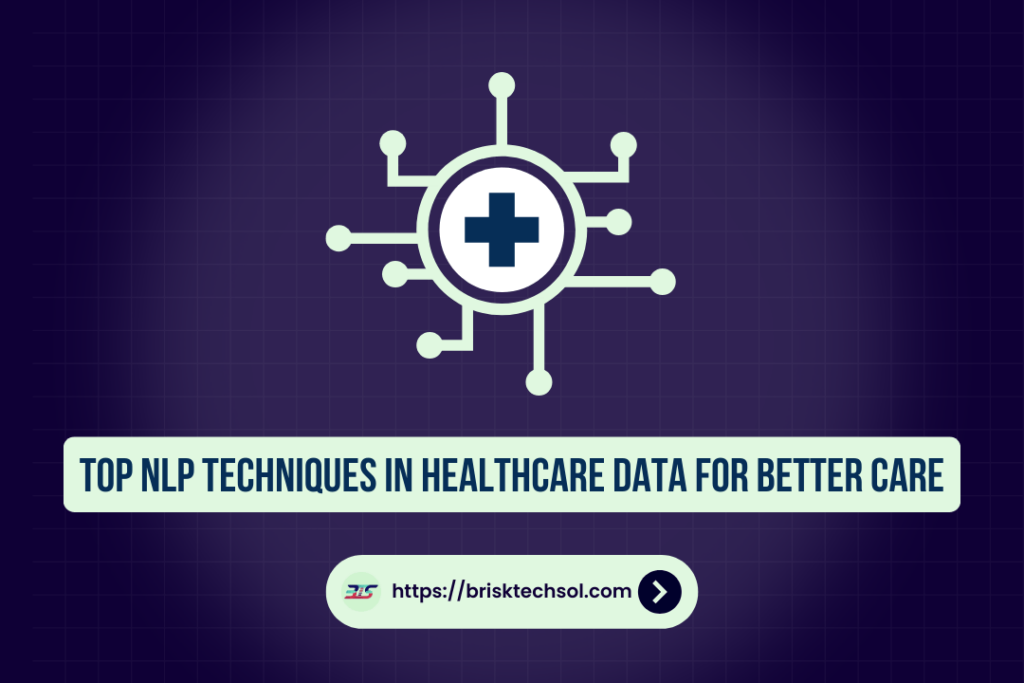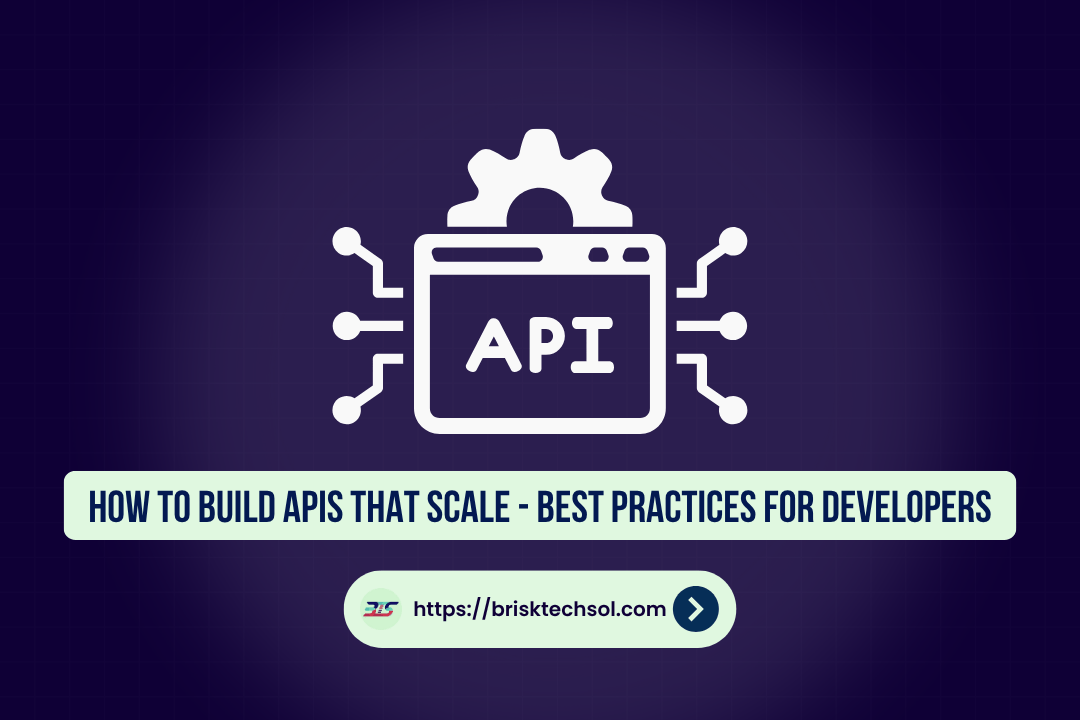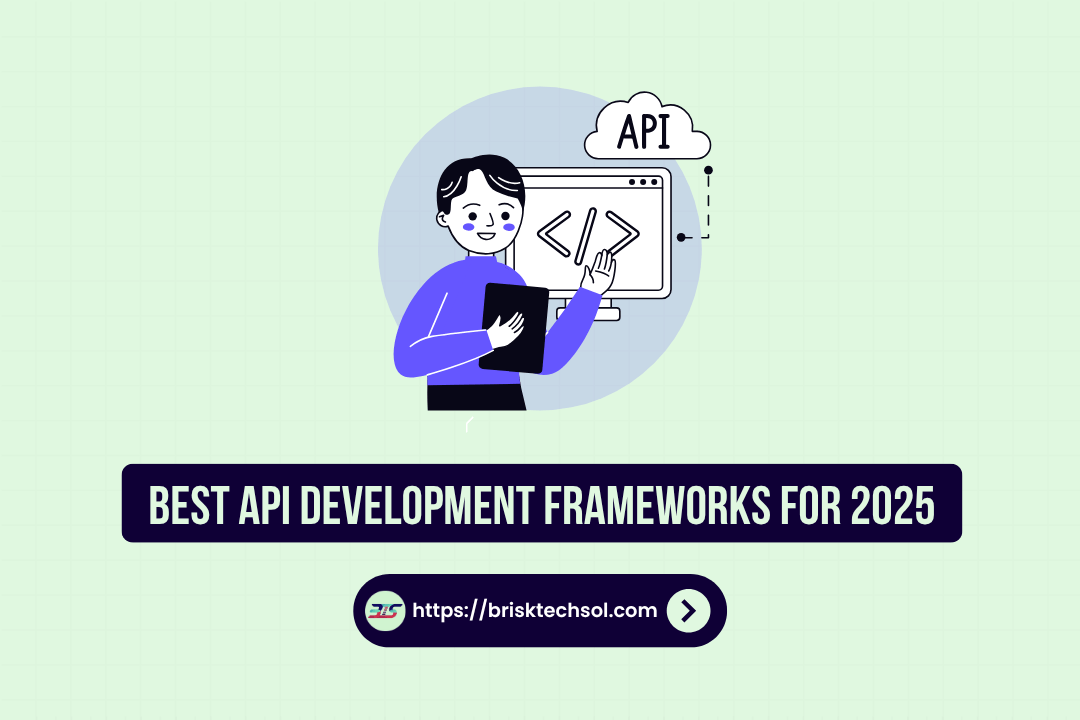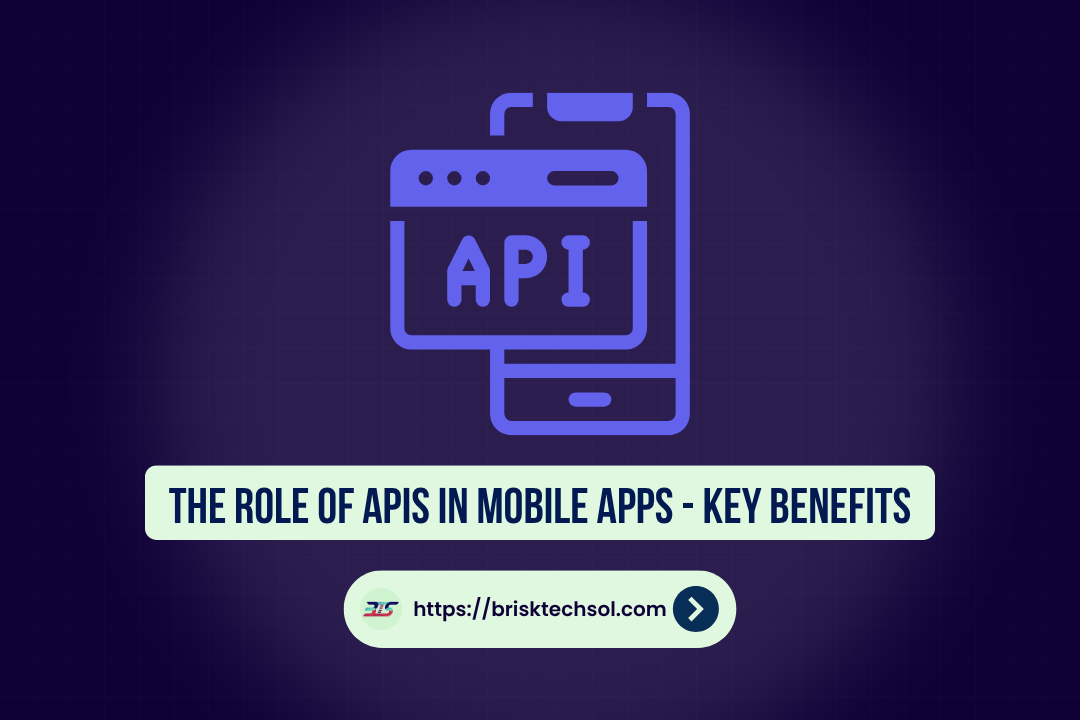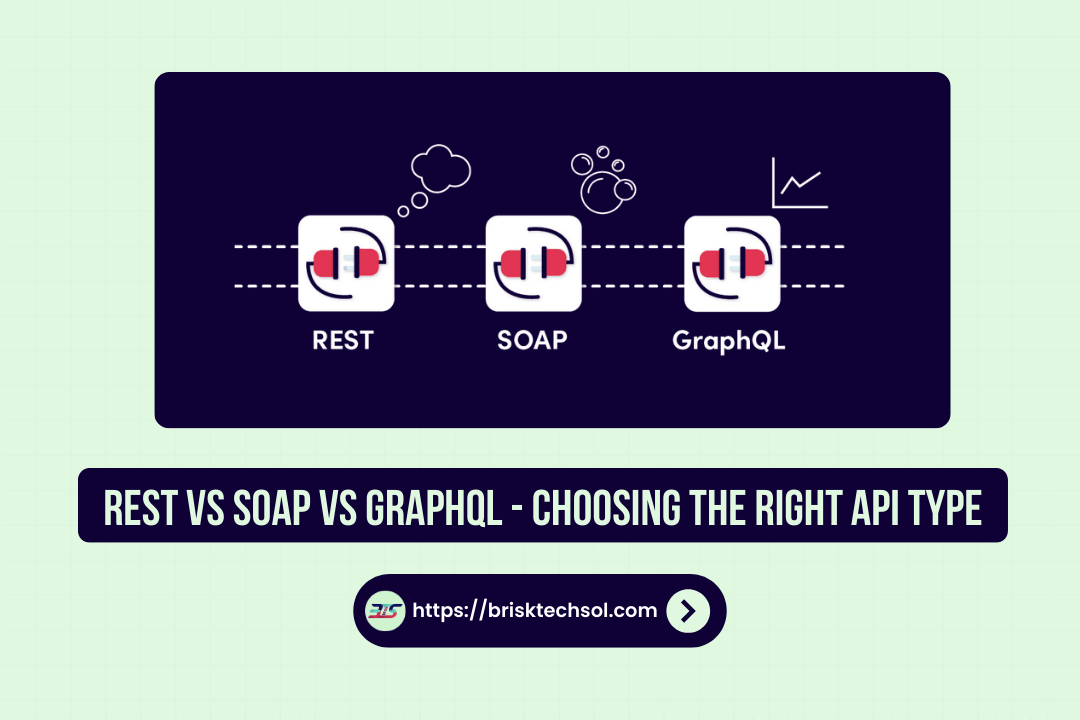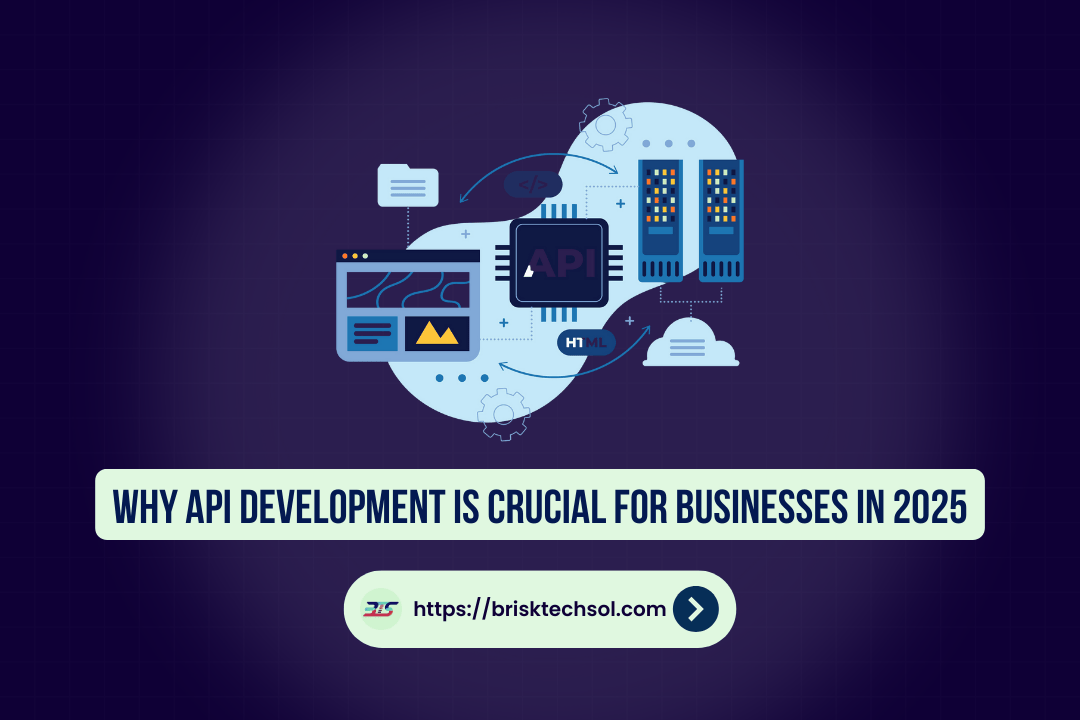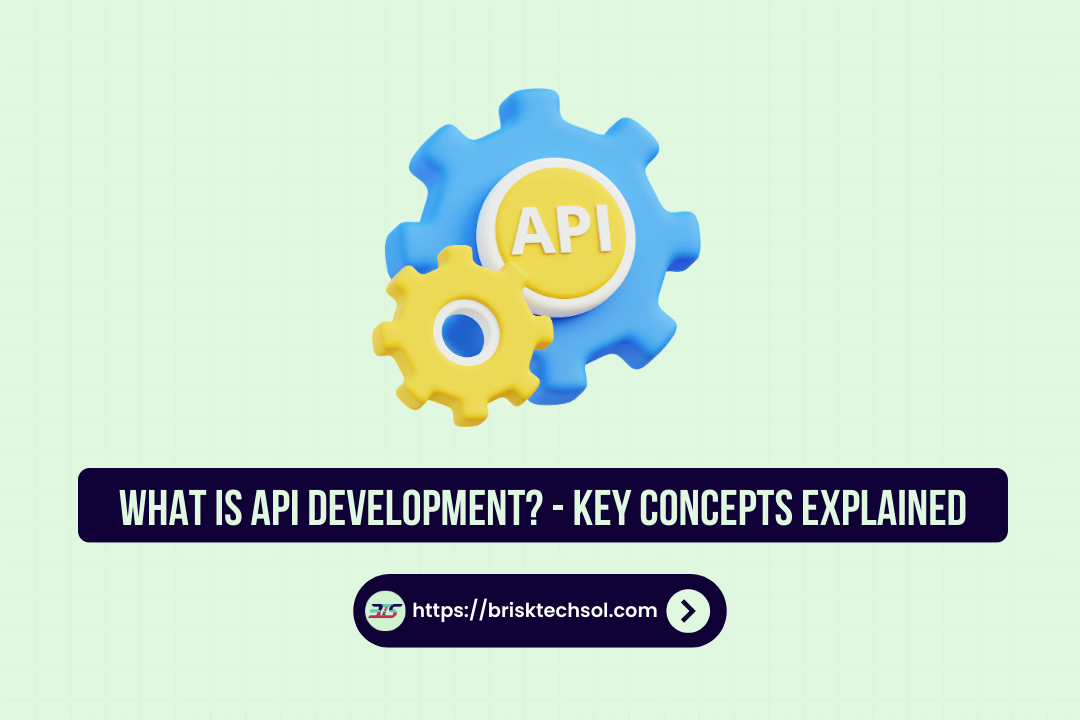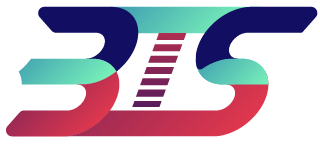What is NLP?
Natural Language Processing (NLP) is a subfield of artificial intelligence (AI) focused on enabling computers to understand, interpret, and generate human language. By leveraging linguistic and statistical algorithms, NLP allows machines to process and analyze vast amounts of unstructured textual data. In the context of healthcare, NLP techniques are applied to clinical data, medical records, and other text-based health information to enhance patient care, reduce administrative costs, and improve decision-making.
Role of NLP in Healthcare
The healthcare industry is inundated with large volumes of unstructured data, such as clinical notes, prescriptions, and diagnostic reports. NLP helps process this data, making it more accessible and interpretable. By converting free-text data into structured formats, NLP enables healthcare providers to extract meaningful insights that would otherwise be lost in the text.
NLP is integral to various healthcare applications, including clinical decision support systems, predictive analytics, and the automation of administrative tasks. Through NLP, healthcare providers can efficiently manage electronic health records (EHRs), enhance patient care, and improve overall operational efficiency.
Importance of NLP in Healthcare Data
The significance of NLP lies in its ability to bridge the gap between unstructured and structured data. In a healthcare setting, where decisions often rely on large volumes of patient data, having the ability to process and analyze text data efficiently becomes indispensable. NLP techniques allow for the extraction of valuable insights from clinical notes, medical literature, and even social media interactions between patients and healthcare providers, enhancing decision-making and improving patient outcomes.
NLP Techniques Used in Healthcare
Named Entity Recognition (NER)
Named Entity Recognition (NER) is a technique used in NLP to identify and classify key entities within text, such as diseases, drugs, symptoms, and medical procedures. In healthcare, NER is crucial for extracting structured information from clinical narratives and patient records.
For example, NER can automatically identify references to conditions like “diabetes” or “hypertension” within a patient’s medical history, making it easier for healthcare providers to retrieve relevant information for diagnosis and treatment planning. This helps in creating more accurate and comprehensive patient records.
Sentiment Analysis
Sentiment analysis in healthcare involves analyzing patient feedback, reviews, and social media posts to determine the sentiment (positive, negative, or neutral) expressed by patients. By analyzing sentiments, healthcare providers can gain valuable insights into patient satisfaction, concerns, and overall experiences with healthcare services.
Sentiment analysis can be applied to survey responses, online reviews, and even doctor-patient communication. For instance, sentiment analysis of post-treatment surveys can help hospitals improve patient care services based on the emotional feedback received from patients.
Text Classification
Text classification refers to the task of categorizing text into predefined categories or labels. In healthcare, this technique is used for classifying medical documents, such as patient records, clinical notes, and research papers, into specific categories. For instance, clinical notes may be classified into categories like “patient history,” “diagnosis,” or “treatment plan.”
Text classification helps streamline the organization of medical data, making it easier for healthcare providers to access specific information quickly. This is particularly beneficial in large healthcare settings where managing extensive patient records is a challenge.
Topic Modeling
Topic modeling is a technique used to identify underlying themes or topics within a collection of documents. In healthcare, topic modeling can be used to analyze a large body of research articles, medical journals, or clinical notes to uncover emerging trends or identify gaps in medical knowledge.
For example, topic modeling can automatically detect that a set of articles discusses advancements in cancer treatment or the effectiveness of a new drug, making it easier for medical professionals to stay up to date with the latest research.
Clinical Relation Extraction
Clinical relation extraction focuses on identifying and extracting relationships between medical entities within text. For example, it can identify that “drug X” interacts with “drug Y,” or that a “patient has hypertension” and is “prescribed medication Z.” This relationship extraction helps in linking different data points together to form a comprehensive view of a patient’s medical history.
Clinical relation extraction can be used to detect potential drug interactions, associations between symptoms and diseases, or correlations between treatments and patient outcomes.
Quick Table: Overview of NLP Techniques
| NLP Technique | Description | Application in Healthcare |
|---|---|---|
| Named Entity Recognition (NER) | Identifying and classifying entities in text. | Extracting diseases, medications, and symptoms from clinical notes. |
| Sentiment Analysis | Analyzing emotions in text. | Assessing patient satisfaction through feedback. |
| Text Classification | Categorizing text into predefined groups. | Sorting medical documents into relevant categories. |
| Topic Modeling | Discovering abstract topics in a collection of documents. | Identifying prevalent themes in medical research articles. |
| Clinical Relation Extraction | Detecting relationships between medical entities. | Mapping drug interactions or disease-symptom associations. |
Applications of NLP in Healthcare
Clinical Decision Support
Clinical decision support systems (CDSS) utilize NLP techniques to assist healthcare providers in making informed decisions. By analyzing unstructured clinical data, such as medical records and patient histories, NLP can identify patterns and correlations that help in diagnosing and treating patients. NLP aids in flagging potential risks, drug interactions, or alerts for abnormal test results, ensuring better patient outcomes.
For example, NLP-powered systems can identify that a patient’s blood pressure readings over the past several months indicate a potential risk of hypertension and recommend necessary treatment. Such systems significantly reduce the cognitive load on healthcare providers and improve the efficiency and accuracy of clinical decision-making.
Predictive Analytics
NLP techniques are increasingly used in predictive analytics, where historical healthcare data is analyzed to predict future patient outcomes. By leveraging NLP to analyze EHRs, lab results, and medical literature, predictive models can forecast health conditions, such as the likelihood of a patient developing diabetes or heart disease.
Predictive analytics powered by NLP can be used for early detection of medical conditions, improving the accuracy of diagnoses, and optimizing treatment plans based on predictive insights. For example, NLP models could predict a patient’s risk of readmission to the hospital based on historical data and clinical notes.
Medical Research and Discovery
NLP plays a crucial role in medical research by automating the extraction of relevant information from vast amounts of clinical trials, research papers, and medical literature. Researchers can use NLP techniques to analyze medical journals, identify trends, and discover new relationships between diseases, treatments, and patient outcomes.
For instance, NLP can assist in identifying new drug interactions, understanding the effectiveness of treatments, or detecting emerging health threats by analyzing large datasets of research papers.
Patient Interaction
With the rise of virtual healthcare, NLP is being integrated into chatbots, virtual assistants, and telemedicine platforms to improve patient interactions. NLP-powered tools can provide patients with 24/7 access to health-related information, schedule appointments, offer medication reminders, and answer general health queries.
These virtual assistants not only help patients access information quickly but also reduce the burden on healthcare professionals by answering routine questions and automating administrative tasks.
Telemedicine and Virtual Care
Telemedicine platforms use NLP to transcribe and analyze conversations between healthcare providers and patients. This improves the accuracy of medical documentation, reduces manual data entry errors, and ensures that critical information is captured during virtual consultations.
For example, NLP can convert spoken patient symptoms into structured data, which can then be used by physicians to make more accurate diagnoses and treatment plans.
Challenges in Implementing NLP for Healthcare Data
Data Privacy and Security
One of the primary challenges in applying NLP to healthcare data is ensuring the privacy and security of patient information. Health data is highly sensitive, and any breach or misuse could lead to severe consequences. Healthcare organizations must comply with regulations like HIPAA (Health Insurance Portability and Accountability Act) to protect patient confidentiality.
NLP solutions must be designed with robust security measures, including encryption and secure access protocols, to prevent unauthorized access to sensitive patient data.
Data Quality
Healthcare data often contains inconsistencies, missing values, or errors, which can pose challenges when applying NLP techniques. For instance, clinical notes may contain ambiguous language, typos, or inconsistent terminology that can hinder accurate data extraction.
Data quality issues can be addressed through data cleaning, standardization, and preprocessing techniques before applying NLP. However, ensuring high-quality data remains an ongoing challenge in healthcare settings.
Technical Complexity
Implementing NLP techniques in healthcare requires specialized expertise in both AI and healthcare data. Many healthcare organizations lack the technical infrastructure or the skilled workforce to develop and deploy NLP models effectively.
To address this challenge, healthcare organizations must invest in training professionals or partnering with AI experts to ensure successful NLP implementation.
Integration with Existing Systems
Healthcare organizations often rely on legacy systems for managing patient data, such as EHRs. Integrating NLP techniques into these existing systems can be complex and time-consuming. Customization may be needed to ensure that NLP models work seamlessly with older systems, requiring additional time, effort, and resources.
Future of NLP in Healthcare Data
Advancements in Deep Learning
Deep learning models, particularly transformer-based models like GPT-3, have significantly advanced NLP techniques. These models have the potential to improve accuracy, speed, and efficiency in healthcare applications by better understanding medical language, context, and nuances.
In the future, deep learning-based NLP models could help create more accurate clinical decision support tools and predictive models, enabling healthcare providers to offer personalized care based on individual patient data.
Integration with Wearables and IoT
As the healthcare industry embraces wearable devices and Internet of Things (IoT) technology, integrating NLP with data from these devices could revolutionize patient care. Wearables like smartwatches can track vital signs and health metrics, and NLP can be used to analyze this data in real time, providing personalized health insights and recommendations.
This integration could lead to more proactive healthcare, where patients receive real-time alerts about their health status and can make informed decisions before issues become critical.
Real-time Data Processing
Real-time data processing is a growing area of interest for NLP in healthcare. By processing data as it is generated, NLP can assist in immediate clinical decision-making, improving patient outcomes, and enhancing emergency response systems.
For example, real-time analysis of patient vitals and clinical notes could alert medical professionals to critical conditions, such as sepsis, as soon as they are detected, enabling faster intervention.
Key Takeaways
NLP in Healthcare: NLP converts unstructured healthcare data into structured insights, improving patient care and operational efficiency.
Key Techniques: Includes Named Entity Recognition (NER), Sentiment Analysis, Text Classification, and Topic Modeling to process healthcare data.
Clinical Decision Support: NLP aids faster, more accurate clinical decisions by analyzing patient data.
Predictive Analytics: NLP helps predict patient outcomes and identify high-risk individuals.
Medical Research: NLP extracts valuable insights from clinical texts, accelerating research.
Improved Patient Interactions: Virtual assistants and chatbots powered by NLP enhance patient communication.
Challenges: Data privacy, inconsistent data, technical complexity, and integration issues are obstacles in NLP adoption.
Future Potential: Advancements in NLP and deep learning, along with real-time data processing, will further enhance healthcare outcomes.
FAQ’S
What is NLP in healthcare?
NLP in healthcare refers to the use of natural language processing techniques to analyze and extract meaningful insights from unstructured medical data.
How does NLP improve patient care?
NLP improves patient care by enabling faster and more accurate decision-making, automating administrative tasks, and providing personalized recommendations.
What are some common NLP techniques used in healthcare?
Common NLP techniques in healthcare include Named Entity Recognition (NER), sentiment analysis, text classification, and clinical relation extraction.
What are the challenges of implementing NLP in healthcare?
Challenges include data privacy concerns, integration with legacy systems, data quality issues, and the need for specialized expertise.
What is the future of NLP in healthcare?
The future of NLP in healthcare includes advancements in deep learning, integration with wearable devices, and real-time data processing to improve patient outcomes.


